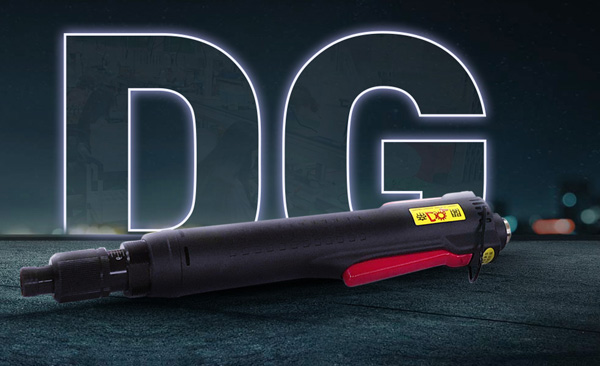Source:DIGE views:0Updating:2023.06.20
In recent years, China's industry has been continuously developing, and intelligent electric drivers have played a significant role in it. Ordinary electric drivers and pneumatic drivers are widely promoted by most manufacturers due to their light weight and low cost. However, the screw locking work of general industrial products using electric drivers or pneumatic drivers can already meet production requirements, so their recognition is high. So, what is the difference between a smart electric screwdriver and a regular electric screwdriver? Emperor Pavilion takes you to a detailed understanding.
Intelligent electric elevators require servo motors, PLCs, and drivers to perform tasks and can run complex algorithms. Its torque control is more accurate, providing real-time torque values and executing actions based on torque reference values, completing high standard and difficult locking tasks. Briefly introduce the difference between intelligent electric drivers and ordinary electric drivers: 1. Speed: The servo motor has high output, fast response, high speed, small inertia, smooth rotation, and stable torque.
2. Accuracy: The servo motor can achieve high-speed real-time detection and high-precision control of tightening torque values; Torque can be controlled in both positive and negative directions; The software interface displays the main data of the tightening process in real-time: actual torque value, corner value, process time, whether it is qualified, etc; Displayed and set by touch screen; Ordinary electric drivers can only adjust the torque based on the electric driver and cannot display real-time torque data.

3. Service life: The service life of a servo motor is usually 1 million times, which is 3-5 times that of a regular electric screwdriver.
4. Cost: The cost of a servo motor is usually more than twice that of a regular electric screwdriver.
The advantages of intelligent electric drivers mentioned above are obvious. In addition to high cost, cost issues are also the main reason why servo tightening systems cannot be popularized. In the production design of screw machines, electric drivers and pneumatic drivers are usually used as the locking power, which have low investment, fast effect, high efficiency, and can meet the locking requirements. Servo tightening machines are used for products with high precision requirements (in the field of automotive engines), and currently, servo tightening machines only perform tightening actions (such as tightening screws on automotive tires), without conveying screws and nuts. The application of fully automatic servo tightening machines (with functions such as automatic screw feeding and automatic screw tightening, capable of unmanned operation) is relatively limited.